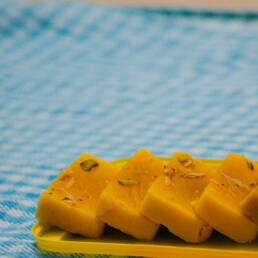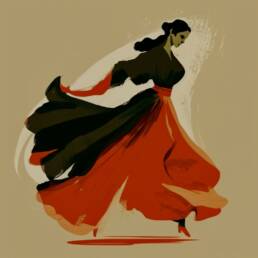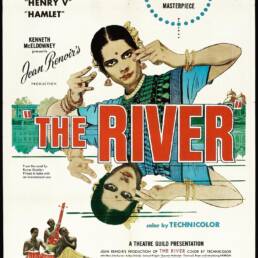Rahul Gandhi recently enjoyed a ride on the Chundan Vallam (Snake Boat). Interestingly enough, he isn’t the first in his family to do so. The highly competitive Kerala Boat races are closely related to India’s first PM and Mr. Gandhi’s great grandfather, Pandit Nehru.
Kerala’s boat races (Vallam kali) are a spectacle. Around August/September every year, the usually sleepy and tranquil backwaters of South Kerala transform themselves into a colorful carnival that draws people in from around the world.
But don’t let the festivities fool you. These centuries old boat races are fought tooth and nail. As the battle cries go up, all friendships and acquittances are left behind on the shore. The only aim: being the fastest.
These races stem from a long and historic feud. Around the 16th century, South Kerala’s rival kingdoms were constantly at loggerheads with each other. Rival naval forces constantly fought pitch battles on the backwaters of the Alappuzha and Kottayam districts.
The principalities of Chempakasseri, Kayamkulam, Thekkumkoor, and Vadakkumkoor were all vying for supremacy, but of all of them, the kingdom of Chempakasseri was suffering heavy losses. They soon realized that it was due to their inefficient naval boats.
Realising this at once, The King called for the best boat builder in his kingdom, someone called Koduppunna Venkitanarayanan Asari. Asari came up with a unique creation that was fast, had maneuverability, could carry a lot of people, and be used to ambush the enemy.
As the tide of the war started to change, enemy kingdoms were left bemused by Chempakasseri’s newfound prowess, Asari’s naval boat. Legend states that the bemusement was followed by deceit. The Raja of Kayamkulam sent someone to spy on Asari and learn more about his boat.
The spy, a handsome youth, seduced Asari’s daughter and forced Asari to teach him the technique of building his unique boats, which he eventually did. The youth, having gathered all information, went back to his kingdom, thinking he left Asari and his family aghast and petrified.
But things didn’t go according to plan, for Asari didn’t teach the spy everything. As it turned out, the boats made were just a mere shadow of the real design. In the ensuing wars, Kayamkulam was still unable to defeat the Chempakasseri; the rivalry has continued ever since.
Even today, the boats require an acute level of craftsmanship and knowledge passed down by generations of master boat builders to build them to perfection.
The name ‘Snake Boats’, however, is said to have been given by the colonial rulers who thought the Chundan Vallam resembled a Viking ship.
Now let’s jump to 1952. Independent India, still in its infancy, had just gone through its first successful democratic elections and Jawaharlal Nehru, leading the INC, was once again chosen to govern the country. Around the month of August, Nehru decided to visit Travancore.
During his travels through the backwaters, Nehru decided to travel by boat from Kottayam to Alappuzha. Accompanying him along the way was a whole host of boats. In Alappuzha, the trip concluded in an impromptu race of the snake boats.
Pandit Ji was so mesmerized by the spectacle that he apparently, after the conclusion, jumped on the Nadubhagam Chundan, the boat that won the race, completely disregarding his security arrangements. The Boat then preceded to the jetty where Nehru handed out a rolling Trophy.
The story doesn’t end here. After returning back to Delhi in December of 1952, Nehru sent back a silver trophy, a replica of a Chundan Vallam placed on a wooden abacus. Written below it was this inscription:
“To the winners of the boat race which is a unique feature of community life in Travancore Cochin.”
The competition was later christened the ‘Nehru Boat Race’ and is considered the most prestigious of all boat races in the backwaters. Its tradition has continued for all these years.
The fact that Nehru, despite the major responsibilities resting on his office, carried a long lasting impression of the event tells us much about the spectacle he must have witnessed.
If any of our readers have a first hand experience of this event, we request them to share their experiences with us.
Sources: https://nehrutrophy.nic.in/pages-en-IN/about-ntbr.php, http://www.nehrutrophy.com/htm/histo.htm, https://www.india.com/travel/articles/kerala-boat-race-boatmans-song-turns-battle-cry-3241489/, Wikimedia




